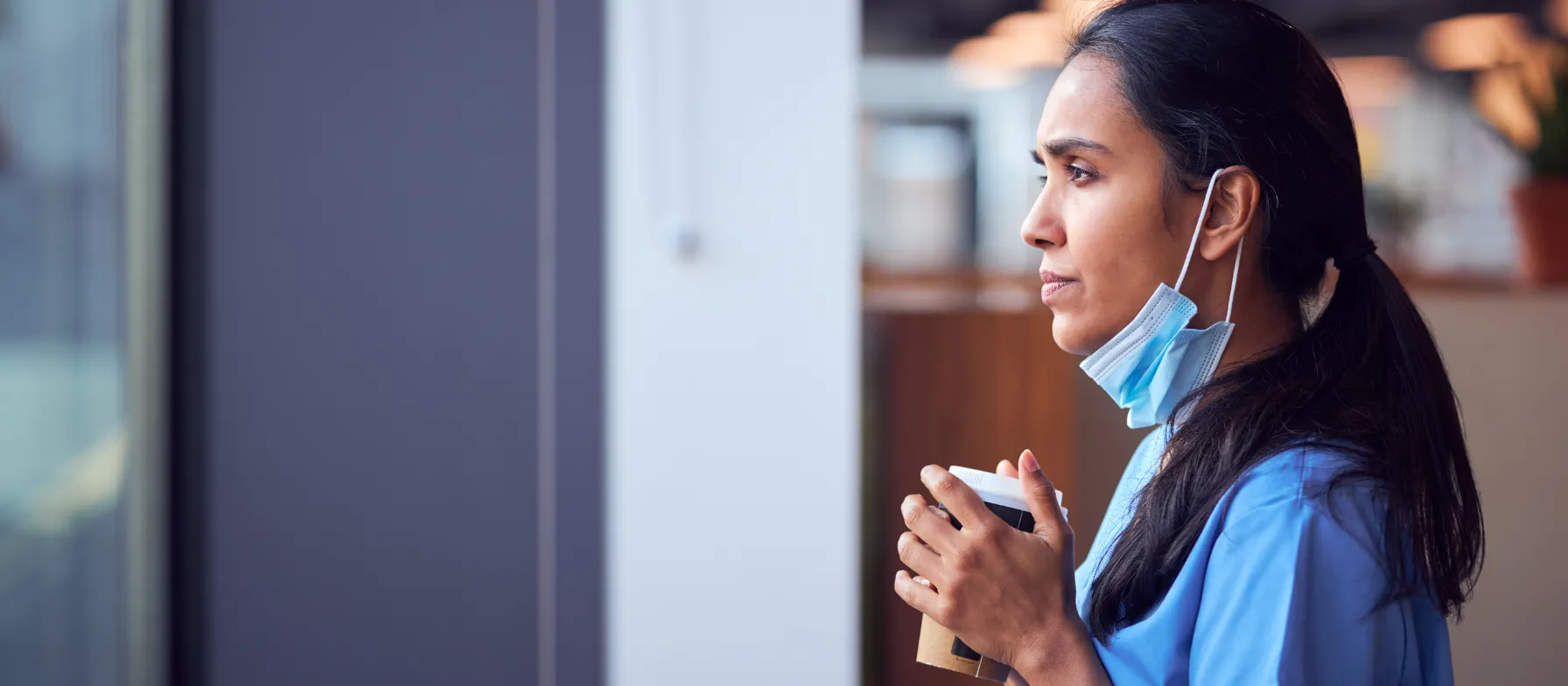
Travelers' Must-Haves for Comfortable Shifts
When you spend hours on your feet, it's more likely you'll develop work-related musculoskeletal challenges. As nurses, you don't often get a chance to rest from standing and walking every shift. That's why it's so important to have a plan to keep your feet and legs in the best shape possible and prevent the development of sores, bunions, and calluses. Taking care of your feet and legs can also prevent other serious issues such as blood clots in chronic back pain.
Shoes Support Your Legs, Knees, Hips, and Back
There are several types of nursing shoes from which to choose. But whatever you pick, they should be comfortable and supportive. Some of the more popular shoes today are nursing clogs that are designed to minimize pain in the feet and ankles. The tough upper shoe also helps to protect the feet against dropped items. Sneakers are made from a more flexible material, and dress shoes are available for those who need to follow a strict dress code. Appropriate arch support and a lower heel are all components that help minimize pressure and increase comfort.
Consider Insoles to Maintain Proper Foot Alignment
If your shoes don't offer enough support during the day, consider the addition of an orthotic insert that offers additional arch support to facilitate body alignment. The best insoles are comfortable and address specific issues you might have with particularly sore heels or balls of the foot. Adding an insole to your nursing shoe can also help reduce wear and tear on your favorite shoes.
Compression Stockings Prevent Venous Pooling
There are a wide range of compression stockings that address specific needs. Compression socks are basic garments for the legs and feet, while compression sleeves offer only calf compression, covering the majority of the calf and stopping above the ankle. Compression hose go from toe to waist and are best used if you must adhere to a strict dress code. They also provide coverage through the thigh that can help prevent varicose veins.
After Shift Care Prepares Your Legs for the Next Shift
Once your shift is over, don't forget to take care of your legs and feet! Stretching can help prevent stiffness and pain in your muscles, both during your shift and when you've finally gotten home. At the end of the shift, icing tired and stiff muscles can help reduce swelling and inflammation, and massage can help improve blood flow. If you have sore feet and legs, consider rolling a tennis ball under your feet and legs to massage muscles and tendons.
GetMed Recruiters Are Your Key to Comfort on the Job
The professional recruiters at GetMed help match you with assignments that match your skill level and professional needs. These factors also help maintain your comfort level on the job. Call our recruiters today, and let's get started finding your next best assignment.
